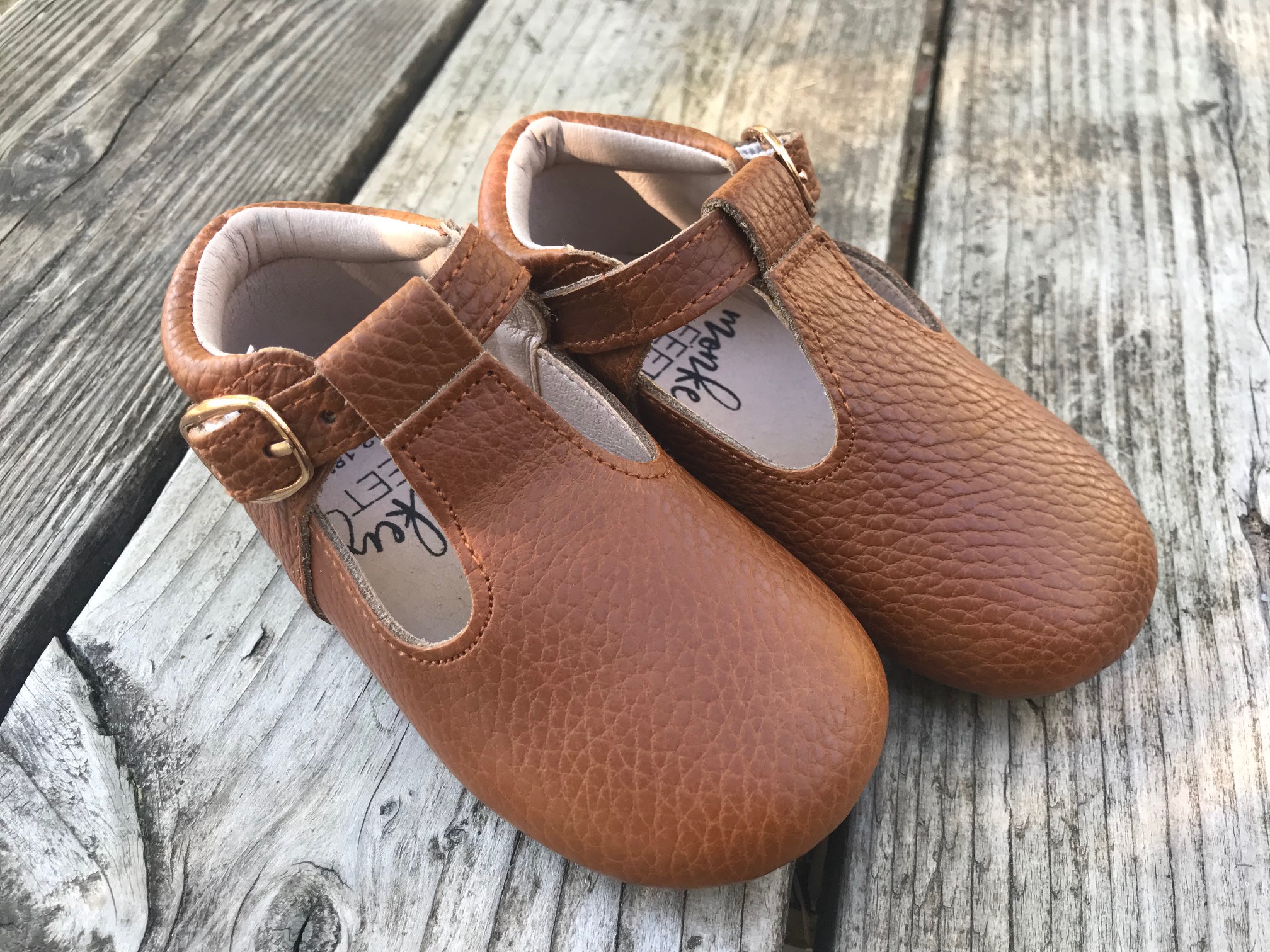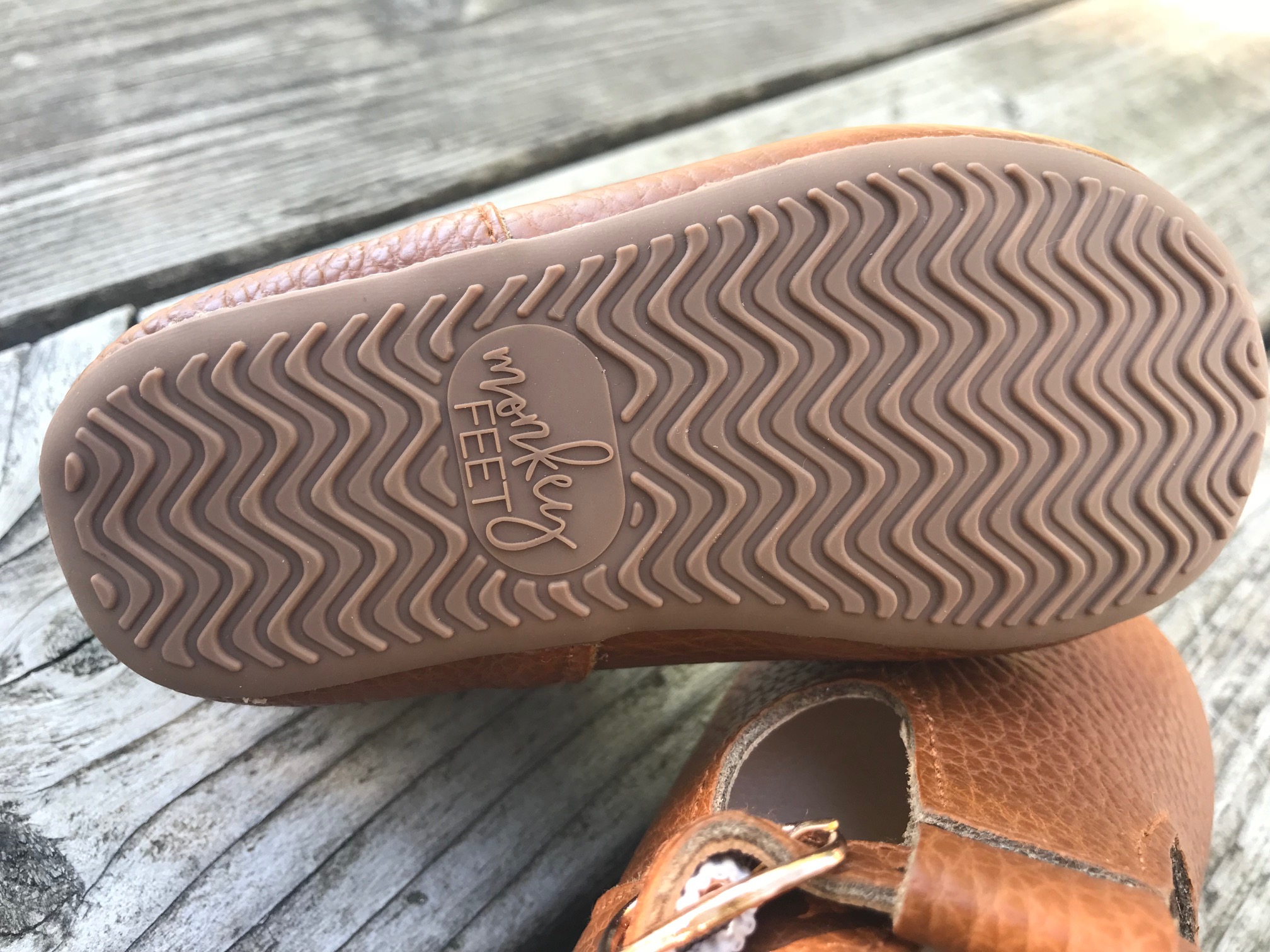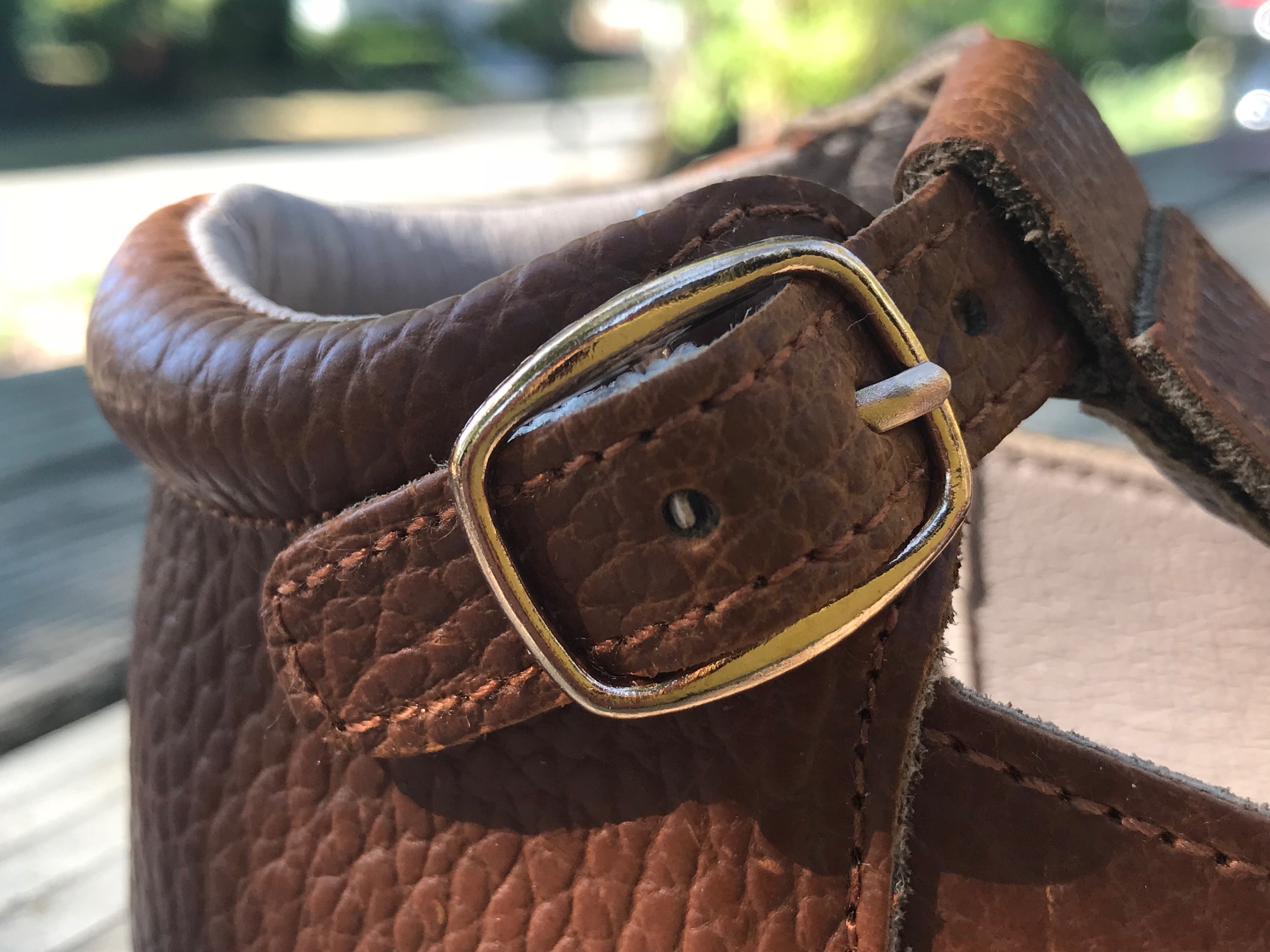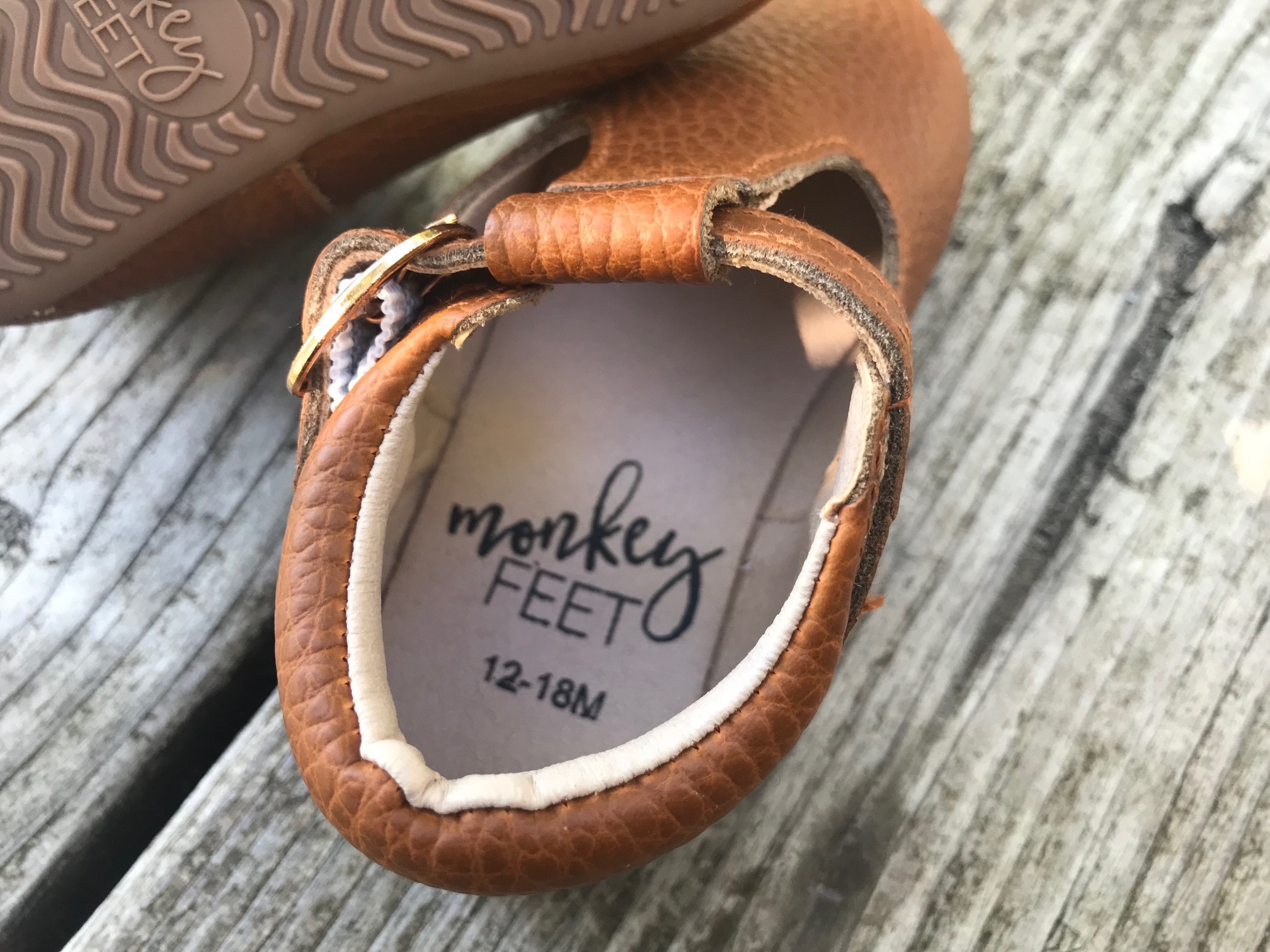#XRFTesting: Monkey Feet Brown Leather Buckle Shoes
#XRFTesting: Monkey Feet Brown Leather Buckle Shoes
Originally Published: September 19, 2018
Updated: January 2, 2023
Scroll down to see the full XRF Test results for the pair of children’s shoes pictured. This testing was done (& reported on) on September 19, 2018. We have not tested any other examples from this brand since that time. Metals highlighted in red (in the list of full test results below) are considered unsafe for humans in most applications. Metals highlighted in blue are not considered toxic in this application. In this case the Arsenic found is in the buckle and is likely “trapped” in the metal to some degree (not necessarily an exposure risk – like it might be if it were found in the paint or coating of an item), however one would hope that in this century we would not be finding any levels of Arsenic (or Lead, or Cadmium, or Mercury, or Antimony) in products manufactured for use by children! I would have concerns for the Arsenic found in this shoe if the child wearing the shoes was likely to put the shoes in their mouth and chew on the buckle (not unheard of — given the size of the shoe and the intended demographic of the customer – babies!).
Some additional information that may be of interest:
- The Baby Shoes category of posts and articles here on the Lead Safe Mama website.
- The Leather category here on this website.
- The Baby Toys category here on this website.
- The Baby Bottle category here on this website.
- The ShopLeadSafeMama.com website, with safer choices for many categories of products.
Reading #1) Exterior Brown Leather, Top of Shoe:
- Barium (Ba): 742 +/- 140 ppm
- Chromium (Cr): 1,604 +/- 113 ppm
- Zinc (Zn): 43 +/- 16 ppm
- Iron (Fe): 11,200 +/- 200 ppm
- Vanadium (V): 1,592 +/- 240 ppm
- Titanium (Ti): 2,987 +/- 369 ppm
- No other metals detected in consumer goods mode.
Reading #2) Brown Rubber/Plastic Sole, Bottom of Shoe:
- Bromine (Br): 10 +/- 5 ppm
- Zinc (Zn): 125 +/- 29 ppm
- No other metals detected in consumer goods mode.
Continue reading below the image.
Reading #3) Golden Buckle of Shoe:
Note: The buckle does not fill up the whole scope (which corresponds to the “testing window”) of the XRF instrument — consequently, the reading includes the elemental materials of the leather under the buckle, too and so the metallic toxicants that are being detected “in the buckle” are – in actuality – likely a higher percentage of the metal than what is shown as detected with the XRF instrument (i.e. higher levels than these readings)
Also: It is not uncommon to find trace metallic toxicants (e.g. Lead, Mercury, Cadmium, Arsenic, etc.) in the buckles and grommets of children’s shoes. I have not been able to find a regulation that limits or sets guidelines for the total allowable amount of Arsenic (detectable by an XRF instrument, and measured in ppm vs. the amount of migratable Arsenic) in an item intended for use by children in the United States. Please share this information with me if you can find it!
- Arsenic (As): 134 +/- 12 ppm [confirmed with multiple tests]
- Arsenic (As): 207 +/- 16 ppm [second test]
- Barium (Ba): 369 +/- 127 ppm
- Chromium (Cr): 475 +/- 74 ppm
- Selenium (Se): 1,178 +/- 52 ppm
- Tin (Sn): 2,084 +/- 74 ppm
- Zinc (Zn): 23,700 +/- 500 ppm
- Copper (Cu): 36,100 +/- 800 ppm
- Iron (Fe): 2,192 +/- 95 ppm
- Bismuth (Bi): 84 +/- 13 ppm
- Vanadium (V): 577 +/- 164 ppm
- Titanium (Ti): 1,022 +/- 252 ppm
- No other metals detected in consumer goods mode.
Continue reading below the image.
Reading #4) Inside Sole of Shoe (Tan Leather):
- Barium (Ba): 225 +/- 133 ppm
- Chromium (Cr): 4,955 +/- 184 ppm
- Iron (Fe): 609 +/- 56 ppm
- Titanium (Ti): 8177 +/- 460 ppm
- No other metals detected in consumer goods mode.
Note: could not test logo on bottom of inside of shoe accurately without damaging / disassembling the shoe.
Takeaway / advice in response to these (and similar) findings
Based on all of the testing I have done on baby shoes over the past 14 years since I started testing consumer goods in 2009, I would offer the following general points of advice:
- Modern Stride Rite shoes are generally a good choice.
- New Robeez are a good choice (avoid vintage or hand-me-down Robeez — as they may have unsafe levels of Lead)
- In general, avoid shoes for babies (especially babies who are likely to put shoes in their mouths) that have any kind of metal component (grommets for laces, buckles, decorations, etc.)
- In general – avoid shoes for babies with any kind of other hard decorative component – this includes plastic / buttons, beads, crystals (on bows/), anything made of a material that is a different material than the primary structural components of the shoes.
- Stick with known brands for shoes for babies (by major manufacturers).
- I would also trust most major European brands of baby shoes to be safer than shoes from other countries of origin (Mexican baby shoes should especially be avoided — because their dyes and other components normally do test positive for unsafe levels of one or more heavy metals).
As always, please let me know if you have any questions, and I will do my best to answer them personally as soon as I have a moment. Thank you for reading and thank you for sharing the work of Lead Safe Mama, LLC in your communities.
Tamara Rubin
Owner – Lead Safe Mama, LLC
#LeadSafeMama
For those new to this website
Tamara Rubin is a multiple-Federal-award-winning independent advocate for consumer goods safety, and a documentary filmmaker. She is also a mother of Lead-poisoned children. Tamara’s sons were acutely Lead-poisoned in August of 2005. She began testing consumer goods for toxicants in 2009 and was the parent-advocate responsible for finding Lead in the popular fidget spinner toys in 2017. This year [2022], her work was also responsible for three CPSC product recalls — the Jumping Jumperoo recall (June, 2022); the Lead painted NUK baby bottle recall (July, 2022); and the Leaded Green Sprouts Insulated Stainless Steel Baby Bottles (November, 2022) — and she was recently featured in an NPR story about Lead in consumer goods (August, 2022); The Guardian (December, 2022); and an upcoming article in Consumer Reports (2023). Tamara uses XRF testing (a scientific method used by the U.S. Consumer Product Safety Commission) to test consumer goods for toxicants (specifically heavy metals), including Lead, Cadmium, Mercury, Antimony, and Arsenic. All test results reported on this website are science-based, accurate, and replicable. Items are tested multiple times, to confirm the test results for each component tested and reported on. Please click through to this link to learn more about the testing methodology used for the test results discussed and reported on this website.
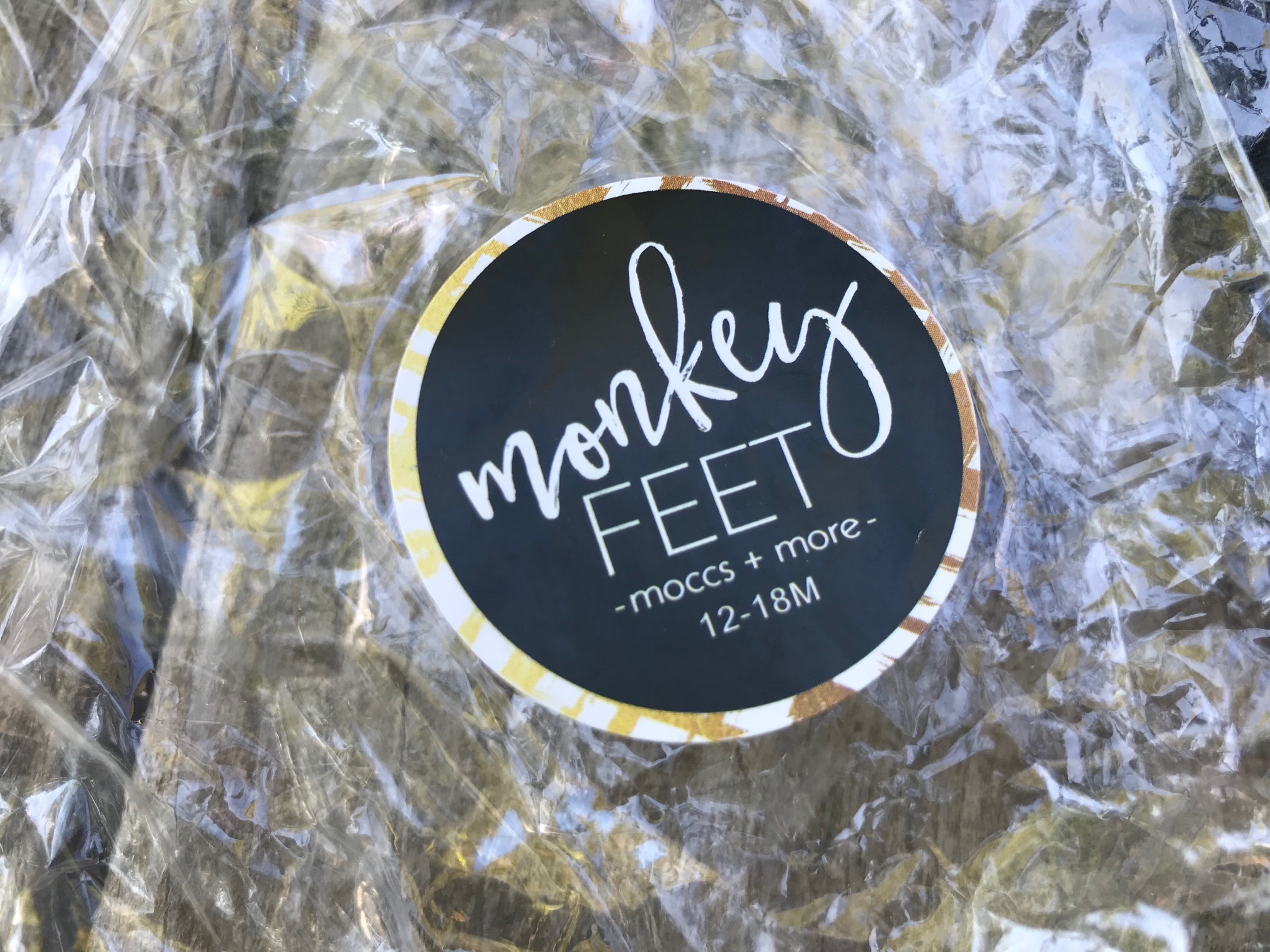
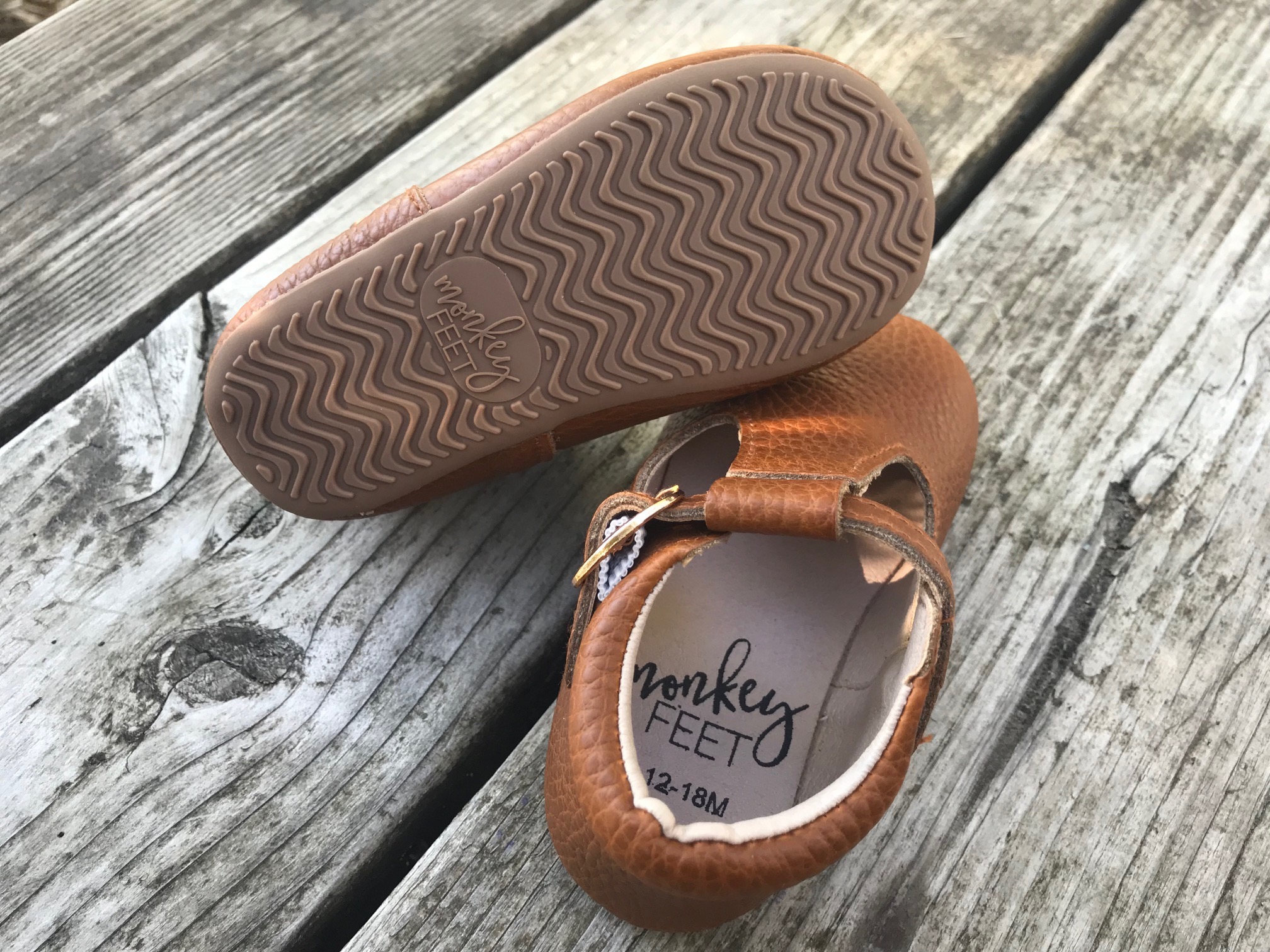
Never Miss an Important Article Again!
Join our Email List


